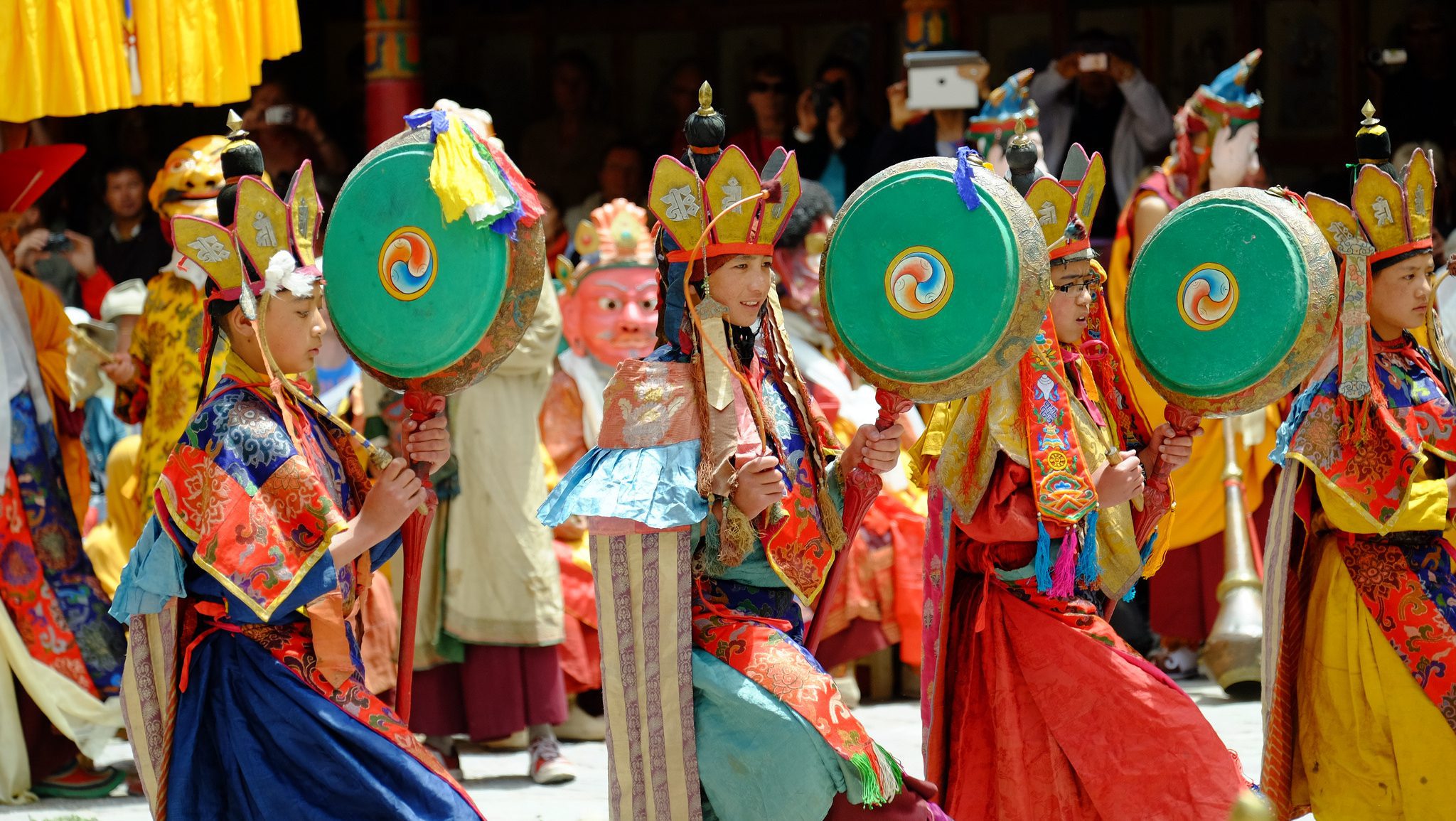Thai traditions run deep—vibrant festivals, graceful dances, aromatic food rituals—but in a world where TikTok challenges trump temple rites, many wonder: can these traditions win back the hearts of today’s youth? It’s a big question, but the answer lies in creativity, connection, and the magic of modernization. Let’s dive into how Thailand’s cultural soul can resonate once more with its young generation.
Understanding the Modern Disconnect
Why Do Young People Feel Distant?
Honestly? Traditional culture can seem slow-moving or irrelevant in the digital age. Temple ceremonies have strict rituals, classical dances follow old scores, and folk art often lacks an edge. Contrast that with the fast-paced world of influencers, quick content, and global pop culture cultures and it’s easy for youth to feel disconnected.
The Impact on Identity
When young Thais stop connecting with their roots, a subtle identity crisis can begin—like losing a sense of belonging or forgetting what makes Thailand, Thailand. The good news is this isn’t permanent—it’s just a phase waiting for the right spark.
Bridging the Gap with Creativity
Remixing Tradition into Pop Culture
You’ve seen this before: old songs get EDM remixes, vintage fashion hits the runway again, or street food becomes Insta-famous. Thai culture isn’t different. When traditional elements mix into pop culture—like modern dance beats fused with classical Ram Thai moves—it becomes relatable. Think of it as giving the culture a neon makeover, so it shines for the youth too.
Cultural Festivals That Don’t Feel Old-School
Festivals can evolve. Imagine Songkran fused with silent disco zones or Loy Krathong streams enhanced by LED-lit lanterns and interactive mobile apps. When tradition gets a sprinkle of tech and teenage energy, it becomes not just relevant—it becomes cool.
Ways to Modernize Thai Culture for Youth
| Traditional Element | Modern Twist | Youth Appeal |
|---|---|---|
| Classical Dance | Fusion performances with hip-hop or EDM | Contemporary style, local heritage, global vibe |
| Loy Krathong | AR lantern apps for virtual dedication | Tech-savvy experience, visual spectacle |
| Thai Tea | Bubble tea kiosks selling Thai tea in urban hubs | Familiar drink, local nostalgia |
| Folk Music (Mor Lam) | EDM remixes by Thai DJs on streaming platforms | Club-ready sound, cultural origin |
| Buddhist Festivals | Yoga+meditation retreats alongside rituals | Mindfulness, wellness, spiritual wellness |
Make Culture Interactive
Workshops and Pop-Up Experiences
Class doesn’t have to be boring. Think hands-on pottery, dance, or culinary workshops in trendy cafés or urban parks. Let youth get their hands messy making herbal sunscreens, dancing classical Thai moves, or cooking pad khanom jeen. Add social elements—sharing videos, making friends—and tradition becomes a group adventure.
Cultural NFTs and Digital Collectibles
Yes, NFTs and Thai elephants in the same sentence. But it makes sense—take traditional designs or puppet art and turn them into digital collectibles. Suddenly, kids treating them like digital stickers in games or Snapchat filters. It’s a new channel for tradition and a new way to preserve culture.
Fusing Education with Entertainment
Thai Culture VR and Storytelling
Who said history can’t be spectacular? Interactive VR temples, animated folk tales narrated by popular artists—these are fun ways to teach respect and meaning. Allowing youth to “walk into” the Ramakien palace or assist in a Loy Krathong lantern ceremony digitally is immersive and spiritual, but in a very 21st-century style.
Youth Ambassadors as Cultural Influencers
Invite local YouTubers, TikTokers, and Instagram stars to spotlight traditional activities in their own fun ways. Let them show how to make krathongs, how to dance Ram Thai, or what goes into a Thai herbal wellness booth. When culture is endorsed by figures they admire, youth take notice—and their followers follow along.
Case Study: A Real-Life Example
How Chiang Mai’s Yi Peng Lantern Festival Went Viral
Chiang Mai’s Yi Peng began as a regional festival, but digital influencers, creative staging, and cinematic photography turned it global. Thousands of youth across Asia now associate this festival with both cultural meaning and FOMO. When tradition becomes an Instagram moment, culture finds new legs to stand on—even among young people.
Conclusion
The question isn’t whether traditional Thai culture can become popular among youth again—it’s how fast. The secret is not in preserving culture behind glass—but in remixing it, sharing it, and celebrating it in arenas that matter to youth. If temples can glow with lanterns synced to music, if slow dance steps can be found in coffee shops, or if folk art can thrive as virtual collectibles—then tradition not only survives—it thrives. Thai culture, after all, isn’t static—it’s living, and with creativity, it can capture the hearts of youth all over again.
